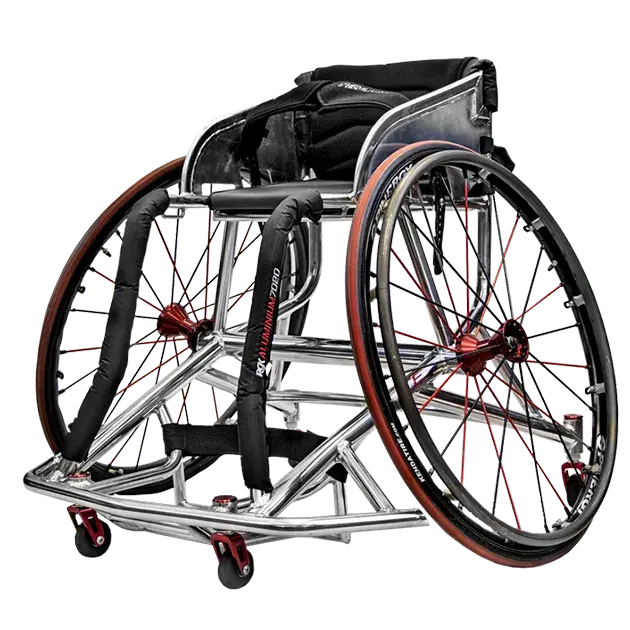Alzheimer's disease, a progressive neurological disorder marked by memory and thinking problems, has profound implications on an individual's life, including their physical mobility. As the disease advances, it not only affects cognitive functions but also has a significant impact on motor skills, leading to numerous mobility issues. This article aims to explore the relationship between Alzheimer's disease and mobility, elucidating the various mechanisms through which this debilitating disease can affect physical functioning.
Understanding Alzheimer's Disease
Alzheimer's disease, the most common form of dementia, involves the degradation of brain cells, leading to a continuous decline in memory, thinking skills, and the ability to perform everyday tasks. This neurodegenerative disorder primarily affects older adults, with symptoms typically manifesting after age 65. However, in some cases, early-onset Alzheimer's can affect individuals in their 40s or 50s.
Alzheimer's Disease and Mobility
The connection between Alzheimer's disease and mobility is complex, with several mechanisms contributing to this relationship. Here are some key ways Alzheimer's disease can impact mobility:
Neurological Degradation
The neurological degradation associated with Alzheimer's disease directly impacts mobility. As the disease progresses, it affects areas of the brain responsible for motor control, coordination, and balance. This can result in difficulties with walking, a decreased ability to coordinate movements, and an increased risk of falls.
Muscle Weakness
As physical activity levels decrease due to cognitive decline and loss of independence, muscle weakness can become a significant issue for people with Alzheimer's. This lack of strength can further exacerbate mobility issues, making it more difficult for individuals to perform basic tasks such as standing up from a chair or climbing stairs.
Spatial Disorientation
Alzheimer's disease can also lead to spatial disorientation, making it challenging for individuals to navigate their surroundings. This can lead to difficulties in performing tasks that require movement and coordination, such as walking to a different room or stepping around obstacles.
Management and Mitigation
While the impact of Alzheimer's on mobility can be profound, there are strategies to manage these challenges and maintain the highest possible level of independence and quality of life for individuals with this disease.
Physical Therapy and Exercise
Physical therapy can play a crucial role in managing mobility issues in people with Alzheimer's disease. Therapists can design individualized programs that help maintain muscle strength, improve balance, and reduce the risk of falls. Regular, gentle exercise, such as walking or tai chi, can also be beneficial.
Environmental Modifications
Modifying the living environment can significantly improve mobility and reduce the risk of injuries. This might include removing tripping hazards, installing handrails in bathrooms and stairways, and using non-slip mats.
Assistive Devices
In some cases, assistive devices like walkers or canes may be necessary to aid mobility and provide stability. It's important that these devices are properly fitted by a healthcare professional to ensure they provide the maximum benefit.
Medication Management
While there is currently no cure for Alzheimer's disease, certain medications can help manage some symptoms. Some drugs may help slow the cognitive decline, which could indirectly improve mobility by maintaining a higher level of cognitive function for a longer period.
To conclude, Alzheimer's disease and mobility issues are closely interconnected. While this relationship presents significant challenges, understanding these issues and implementing effective management strategies can greatly improve the quality of life for individuals living with Alzheimer's disease.





